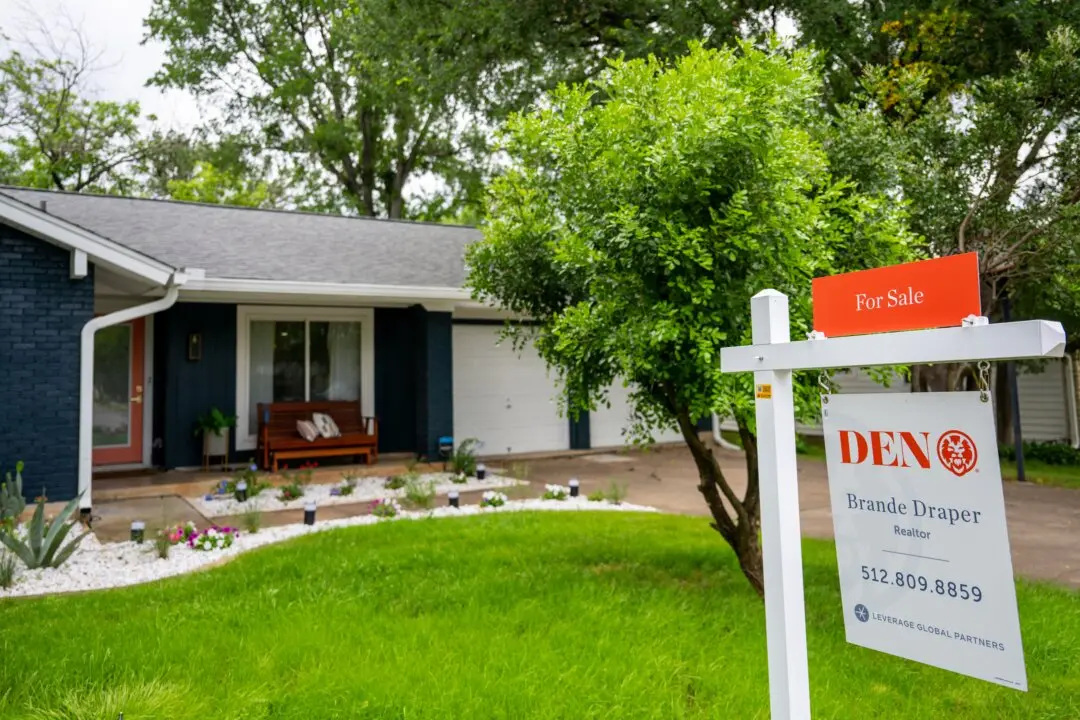Recession has been the buzzword in the real estate industry ever since mortgage interest rates started to climb toward 6 percent.
The latest report from the National Association of Realtors (NAR) indicates that existing home sales across the United States have been shrinking for the past six months. Sales dropped 26 percent, from 6.5 million units in January to 4.8 million in July. This is the lowest pace of sales since 2015, excluding the months during the pandemic shutdown.





